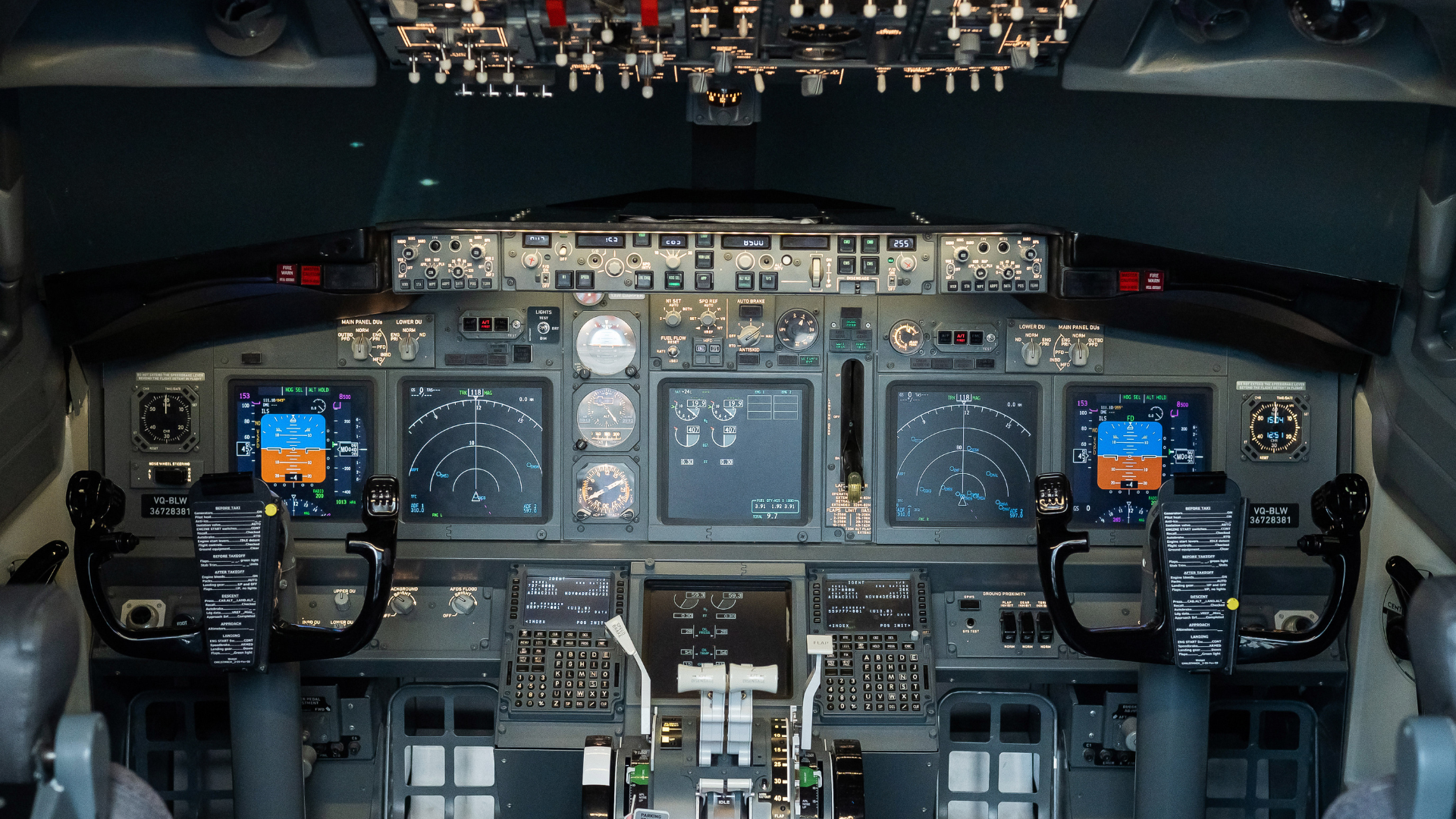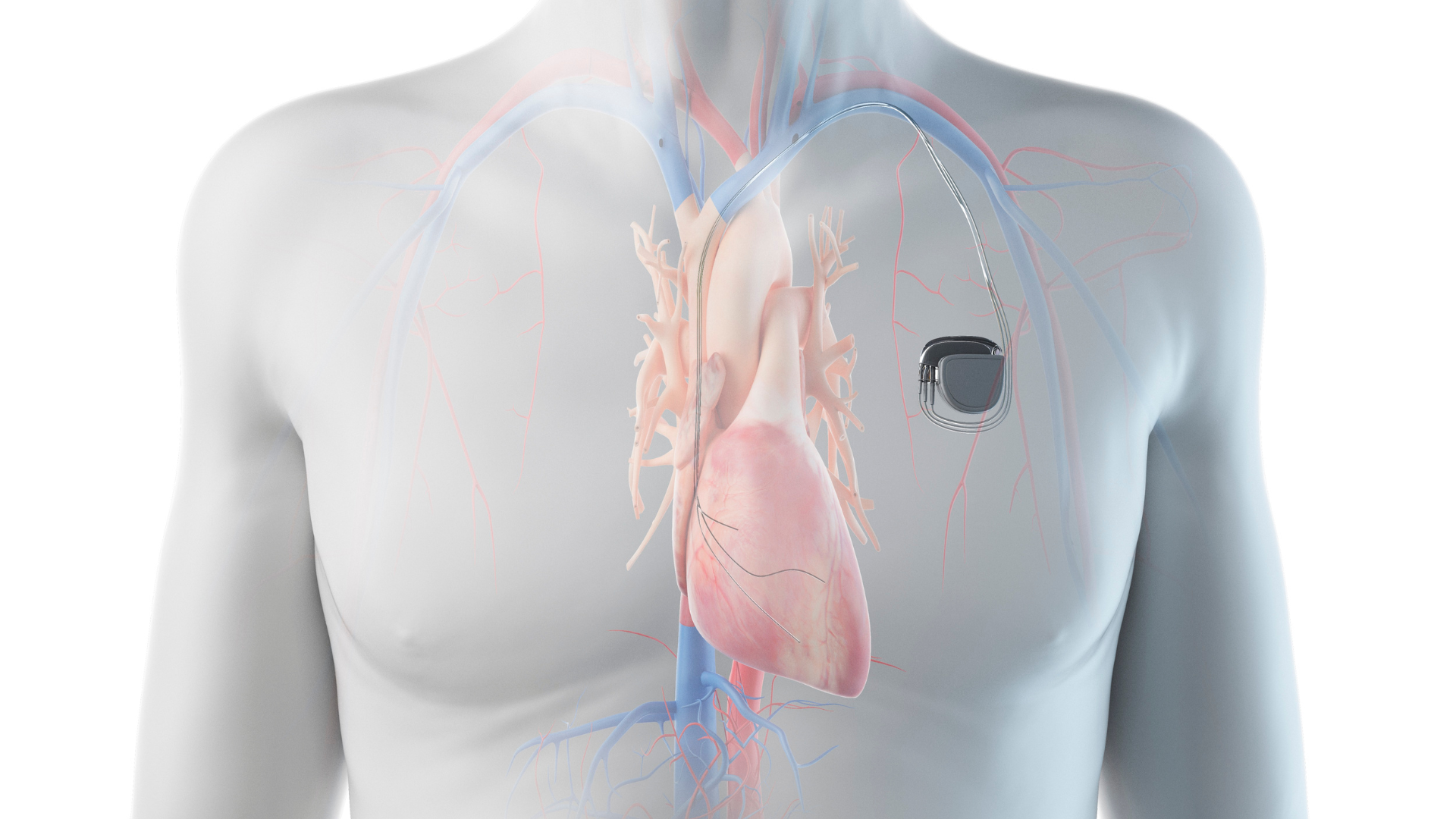Real Time Computing
What is Realtime in Computer?
In computing, "real-time" refers to systems or processes that can respond to inputs or changes in conditions immediately or within a guaranteed time frame. This term is commonly applied in environments where timely processing is critical, such as in embedded systems, robotics, or online transaction processing. Real-time systems are categorized into "hard real-time," where missing a deadline could lead to catastrophic failures, and "soft real-time," where deadlines are important but missing one is not disastrous. The key characteristic of real-time computing is the predictability and reliability of response times, rather than the speed of the operation.

What Is Realtime Processing in Computers
Real-time processing in computers involves executing data processing tasks immediately upon data input or event detection to provide outputs without perceivable delay. This processing type is crucial in environments where operational decisions or actions must be made instantly, such as automated manufacturing lines, medical systems, and financial trading platforms. Real-time systems are designed to handle tasks with stringent time constraints, ensuring that the system responds within a defined, often very short, time frame. The objective is to maintain system stability and performance under all conditions, emphasizing predictability and reliability.
Realtime Systems Examples
Real-time systems are integral to many critical and everyday applications. For instance, automotive anti-lock braking systems (ABS) rely on real-time processing to rapidly adjust brake pressure and prevent wheel lockup. Another example is air traffic control systems, which continuously process and update aircraft positions and flight data to ensure safe navigation and landing. Additionally, robotic surgery systems perform precise operations based on real-time feedback and adjustments, demonstrating the high reliability and accuracy required in medical applications. These systems illustrate the diverse applications of real-time technology across different industries.
What is Realtime?
Real-time refers to the ability of a system or process to respond to inputs or events within a strict timeframe, typically measured in milliseconds or seconds. This concept is essential in environments where delays could result in significant consequences or where timely processing is crucial for system functionality. Real-time systems are designed to provide consistent and guaranteed response times, ensuring reliability and predictiveness in operations. Examples include automated safety controls in vehicles, medical monitoring systems, and financial trading platforms.
Realtime Software in Software Engineering
In software engineering, real-time software refers to programs designed to operate within the strict time constraints of a real-time system. These applications are critical in scenarios where the correctness of the computation not only depends on the logical correctness of the operation but also on the time it is performed. Real-time software is often used in mission-critical systems such as flight control software, medical monitoring systems, and industrial process controls, where delays or failures can lead to significant consequences. The development of real-time software requires specialized programming techniques and tools to ensure timely and predictable execution.
What Is a Realtime Operating System
A real-time operating system (RTOS) is designed to serve real-time applications that process data as it comes in, typically within strict time constraints. Unlike general-purpose operating systems that prioritize maximum throughput, an RTOS prioritizes minimal response times and predictable behavior. Key features include task prioritization, efficient interrupt handling, and very low latency in response to external events. These systems are essential in fields such as embedded systems, robotics, and telecommunications where timing is critical for safety and efficacy.
Soft Realtime System Examples
Soft real-time systems are designed to handle operations where deadlines are important but not critical for system functionality. Examples include video streaming services, where occasional delays or dropped frames are tolerable but excessive lag can degrade user experience. Another example is online gaming, where timely data processing is essential for maintaining game integrity and player engagement, yet minor delays might not disrupt the game entirely. Additionally, audio playback systems fall into this category, as they require consistent processing speed to avoid noticeable disruptions in sound, but small timing errors typically do not cause severe problems.
What Is an Example of a Realtime Program
An example of a real-time program is a flight control system used in modern aircraft. This program continuously receives data from various sensors and instruments, processes that data in real-time, and makes instantaneous decisions to adjust flight parameters such as speed, altitude, and plane orientation. The system operates under strict time constraints to ensure the aircraft responds appropriately to dynamic conditions and potential hazards, maintaining safety and stability at all times. Failure to process and respond to inputs within milliseconds could have catastrophic consequences, emphasizing the critical nature of real-time programming in aviation.

What Is an Example of Realtime Programming
An example of real-time programming is the operation of a pacemaker. This medical device uses real-time software to continuously monitor the heart's electrical signals and deliver electrical pulses to maintain a proper heart rate. The programming must operate within stringent time constraints to ensure immediate response to any abnormal heart activity, thereby preventing potentially life-threatening conditions. The precision and reliability required highlight the critical nature of real-time programming in maintaining patient health and safety.

What Is a Realtime Application of a Computer
A real-time application of a computer can be seen in industrial automation, specifically in Programmable Logic Controllers (PLCs). PLCs are used to control machinery on factory assembly lines, where operations must be precise and occur within specific timeframes to ensure the assembly process runs smoothly and efficiently. These computers receive input from various sensors and execute control commands almost instantaneously, managing everything from conveyor belt speeds to robotic arm movements. The requirement for rapid, reliable processing and response in such settings underscores the essential nature of real-time applications in manufacturing and production industries.
Realtime System Examples Applications
Real-time systems are pivotal in many high-stakes environments where immediate response is crucial. For instance, automotive systems utilize real-time applications for features like collision detection and adaptive cruise control, where rapid sensor data processing can prevent accidents. In healthcare, real-time systems are essential for monitoring critical patient vitals and adjusting life-support devices instantaneously as needed. Additionally, in the utility sector, real-time grid management systems analyze and respond to fluctuations in electricity demand and supply, ensuring stable and efficient power distribution. These examples highlight the broad applicability and necessity of real-time systems across various critical sectors.
What Are the Three Realtime Operating Systems
Three notable real-time operating systems (RTOS) are VxWorks, FreeRTOS, and QNX. VxWorks is widely used in aerospace and defense industries for its robustness and scalability in complex, safety-critical applications. FreeRTOS, popular for its open-source nature, is commonly employed in embedded systems across various devices due to its modularity and simplicity. QNX is favored for its high reliability and performance in automotive systems, medical devices, and other environments where system failure is not an option. These systems are designed to meet the stringent requirements for timing and reliability in real-time applications.
What Is an Example of a Realtime System
An example of a real-time system is an air traffic control system. These systems must process and respond to incoming data such as aircraft positions, altitudes, and speeds continuously and without delays, ensuring safe distances between aircraft and providing timely navigational instructions to pilots. The ability to handle these tasks in real-time is critical for avoiding in-air collisions and managing the orderly flow of air traffic. This real-time responsiveness is fundamental to maintaining safety standards and efficient operations within the aerospace sector.
What Do You Mean by Realtime Computing
Real-time computing refers to the process where a computer system or device processes data and provides a response within a specified time frame that is dictated by the environment in which it operates. This type of computing is crucial in situations where the timeliness of the response is as important as the correctness of the output itself. Applications of real-time computing include systems where delays cannot be tolerated, such as embedded medical devices, automotive safety systems, and automated industrial processes. The main objective is to ensure consistent and predictable execution times to avoid potential system failures or hazards.



